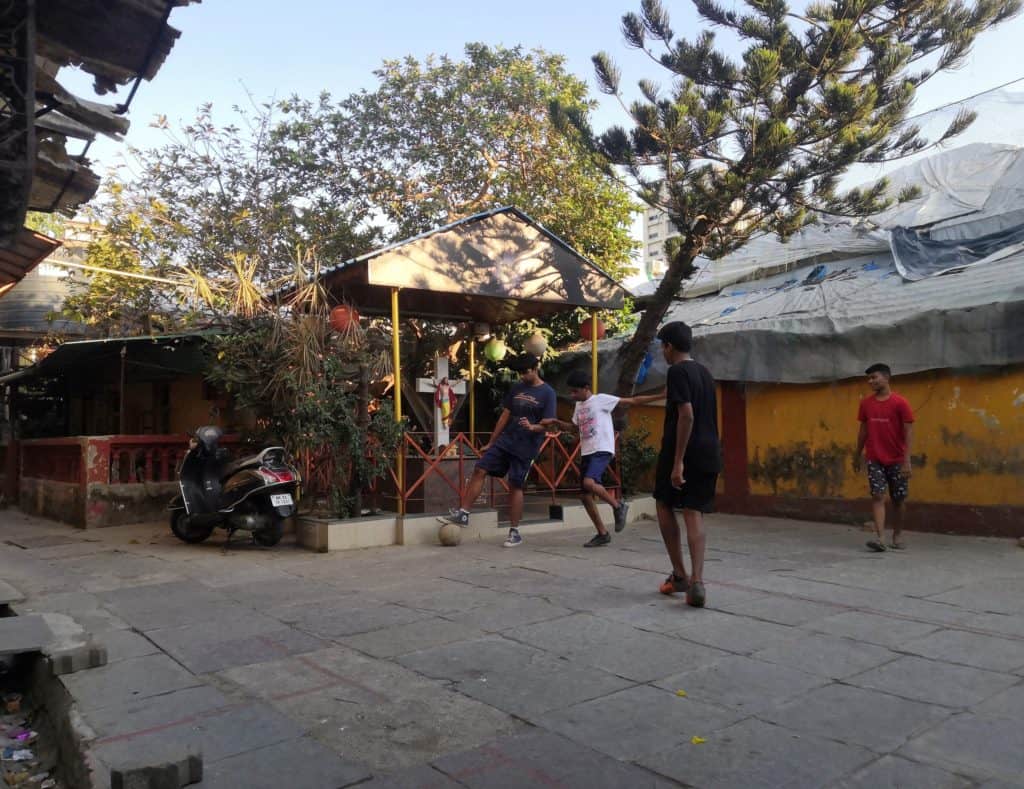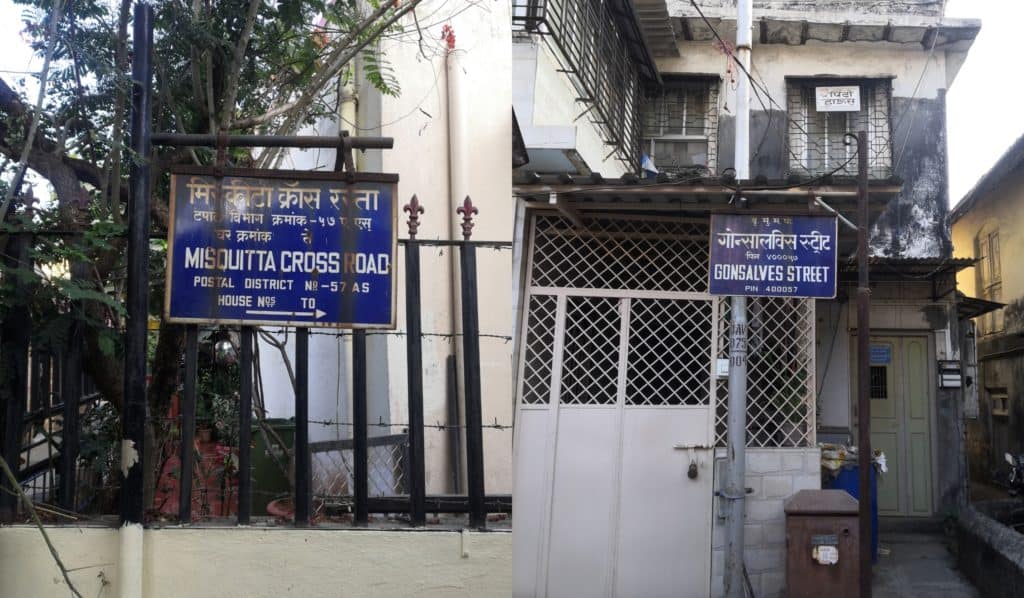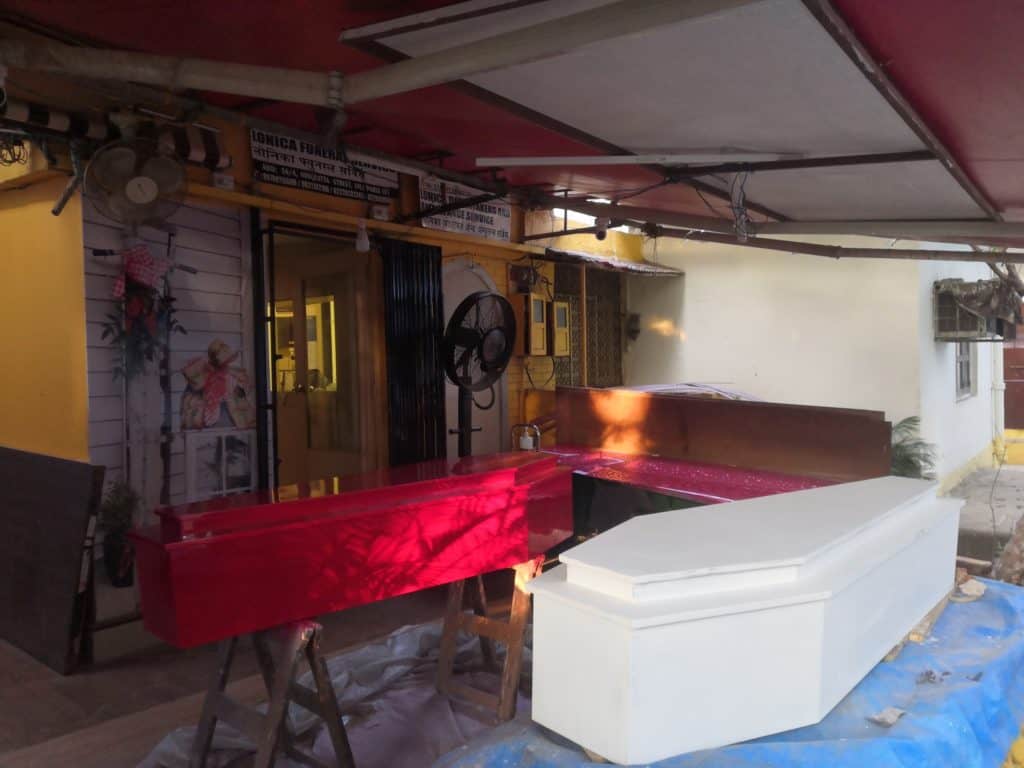St. Francis Pakhady, a 200 year-old gaothan in Vile Parle, is no stranger to change. What began as a village of close-knit farmers on Salsette Island in British Bombay is now threatened by concrete development.
Bullock carts would ply the Milan subway to get from east to west. Train tracks were laid along one side, leading to a level crossing. The opening of Vile Parle station, and its subsequent increase in lines, trimmed and pushed back the goathan.
The upcoming sixth railway corridor between Mumbai Central and Borivali will eat 4.5 metres into Veer Ghanekar road, a stretch currently occupied by a line of parked cars. But to keep the road 18.3 metres wide, in accordance with the Development Plan 1991, the BMC issued plans to realign it. 12 of the gaothan’s cottages would be flattened, of the 70 currently standing.
Responding to a Public Interest Litigation (PIL) in April 2019, the Bombay High Court temporarily blocked the BMC from acquiring or demolishing any gaothan property without proper due process. But the brazen felling of a heritage tree in the precinct in January 2022 has not inspired much confidence.
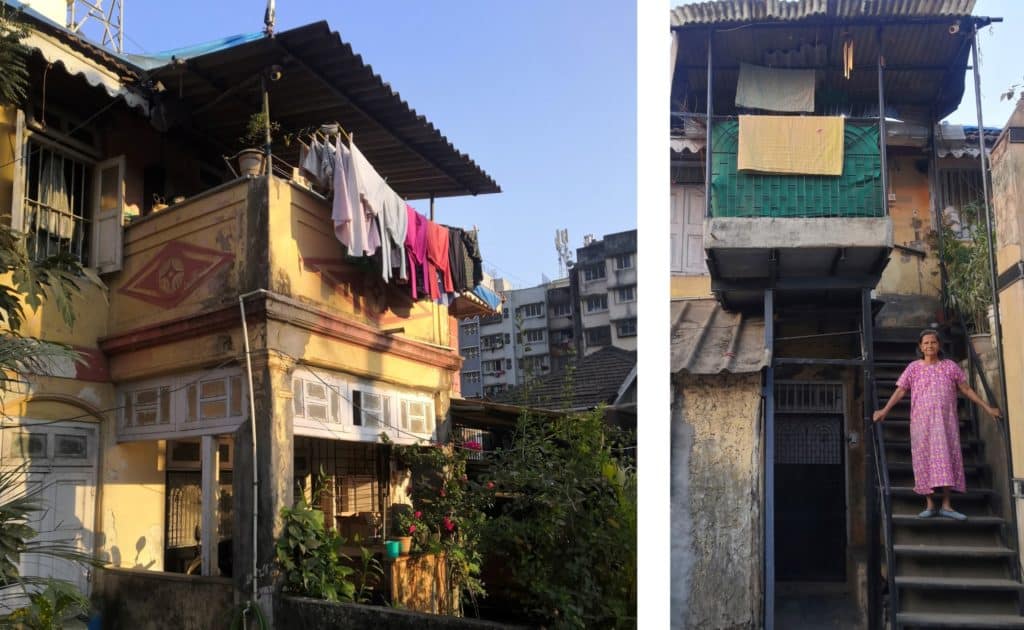
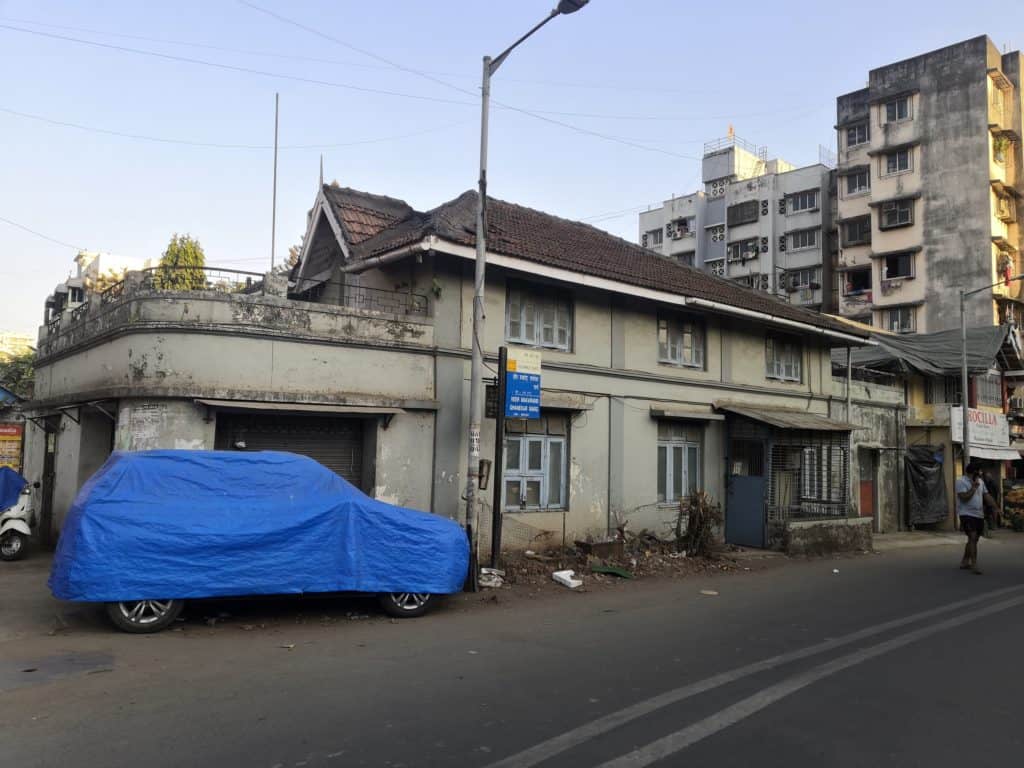
The Romell Group has acquired bits of land throughout the gaothan. One house, demolished to make way for a Slum Rehabilitation (SRA) building, was allegedly acquired by forging signatures of two deceased landowners. An FIR was filed in 2018 after much struggle and the involvement of the Maharashtra State Human Rights Commission (MSHRC), but no headway has been made on the case.
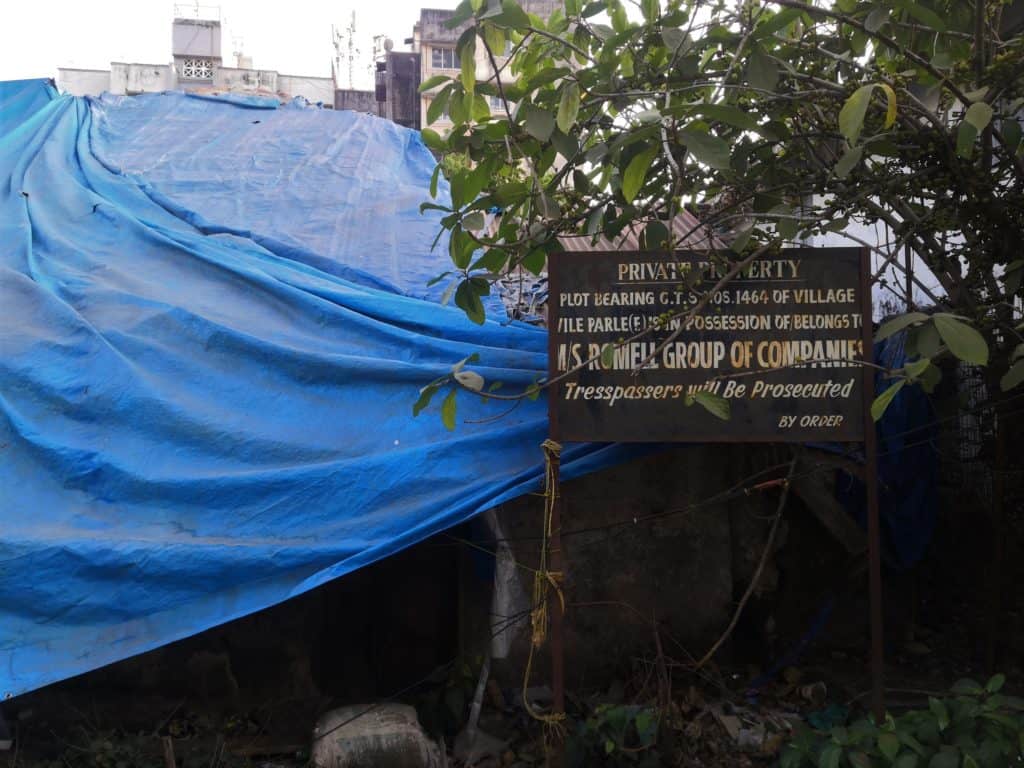
“Once the road has expanded, the entire gaothan on the front will get displaced. The others will become vulnerable to sell it to the builder, who will get an increased floor space index (FSI) because of the width of the road,” says Jude D’souza, a resident of the gaothan.
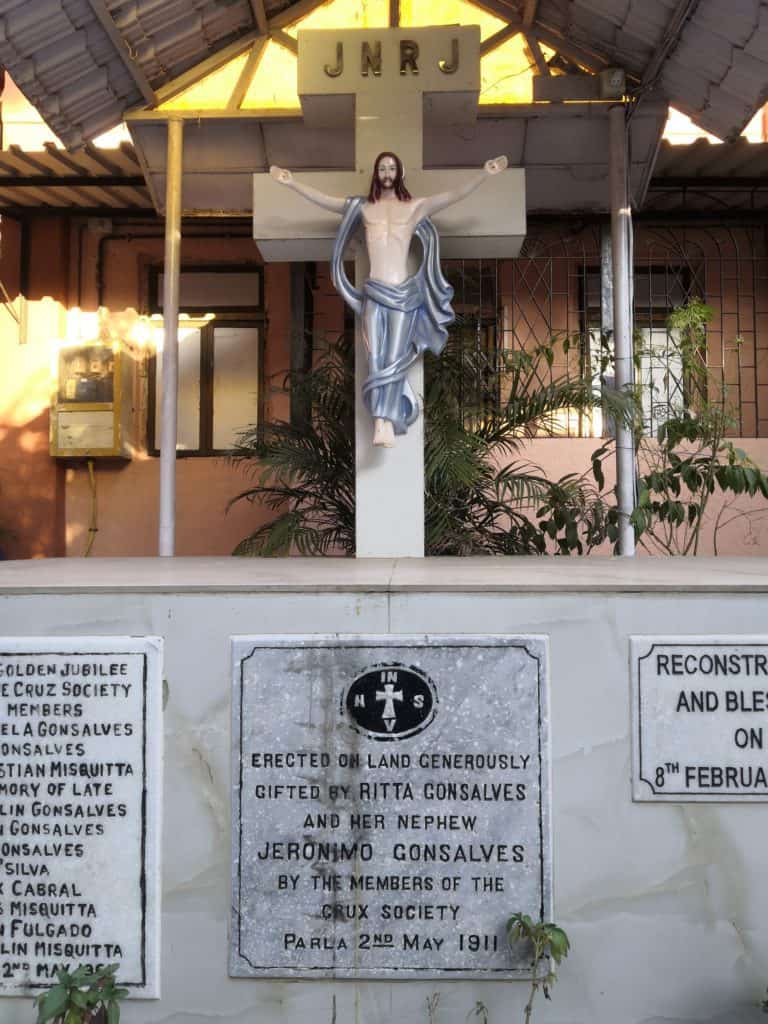
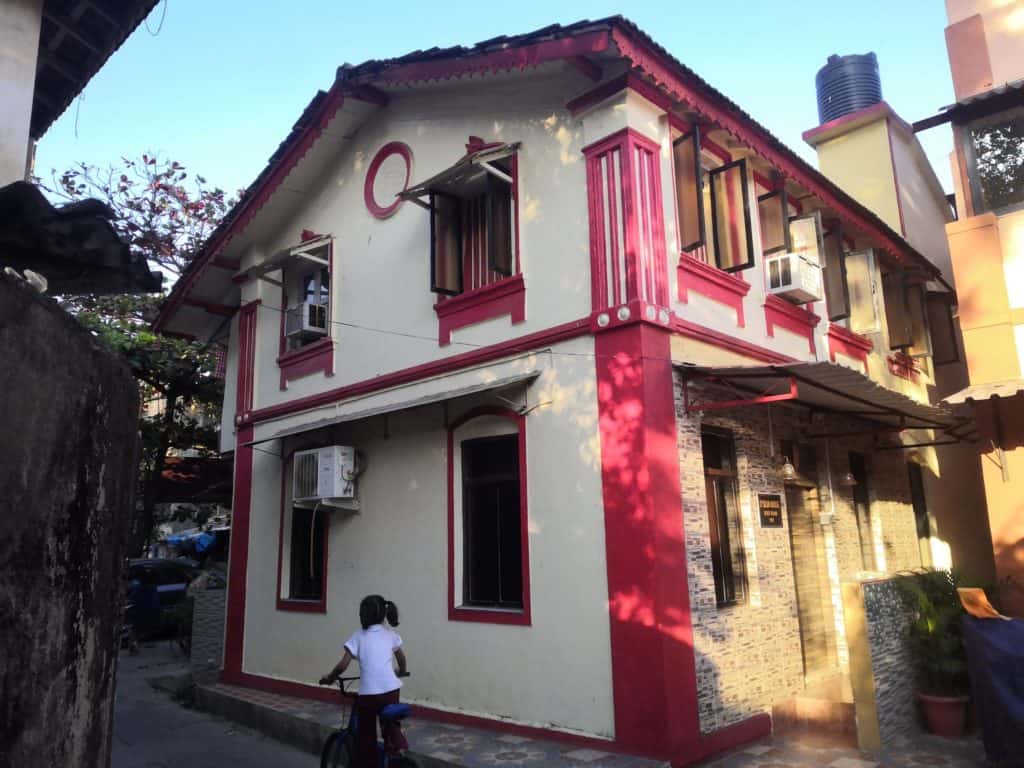
Read more: “Koliwadas are Mumbai’s living heritage and must be conserved”
